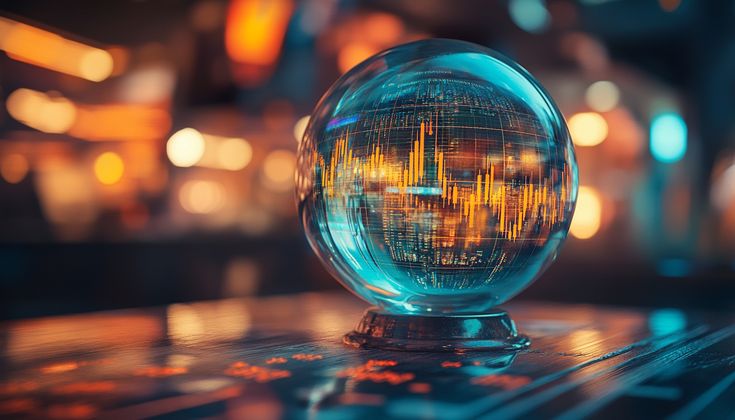Protocols of the Quantum Realm

The Power of Crowd Wisdom: How Polymarket Predicts the Future
Crowd wisdom is at the heart of Polymarket's success. The platform leverages the collective intelligence of participants to predict future outcomes, effectively functioning as a real-time barometer for how the public views unfolding events. This is why Polymarket and other prediction markets are gaining popularity as tools for aggregating diverse opinions into actionable insights.

The basic idea of crowd wisdom is that a large
group of people, each with different perspectives and pieces of information, can often come to more accurate conclusions than any individual expert. Polymarket harnesses this collective knowledge to forecast events, ranging from election outcomes to economic indicators, and even celebrity news. By allowing users to buy and sell positions in event-based markets, Polymarket gives every participant a financial stake in the accuracy of their predictions, thus increasing the likelihood of well-informed bets.

One recent example of Polymarket's predictive power
One recent example of Polymarket's predictive power was during major political elections. Users were able to adjust their positions continuously as new information emerged, providing a reflection of what the market believed the outcome would be. In several instances, these markets provided more accurate predictions than traditional polling agencies, which are often limited by sampling biases or outdated methods of gathering data. The power of Polymarket lies not only in its financial incentives but also in its ability to gauge sentiment in real-time. By tracking shifts in market prices and positions, one can get a sense of how public perception evolves in response to breaking news or significant events. Unlike traditional surveys, which are often static, prediction markets are dynamic, allowing for adjustments that reflect new developments.
Parallel Realities & Dark Matter
Parallel realities are our playground. Our technology allows for stable exploration and observation of other dimensions, merging data from various timelines to create a unified field of technological evolution.